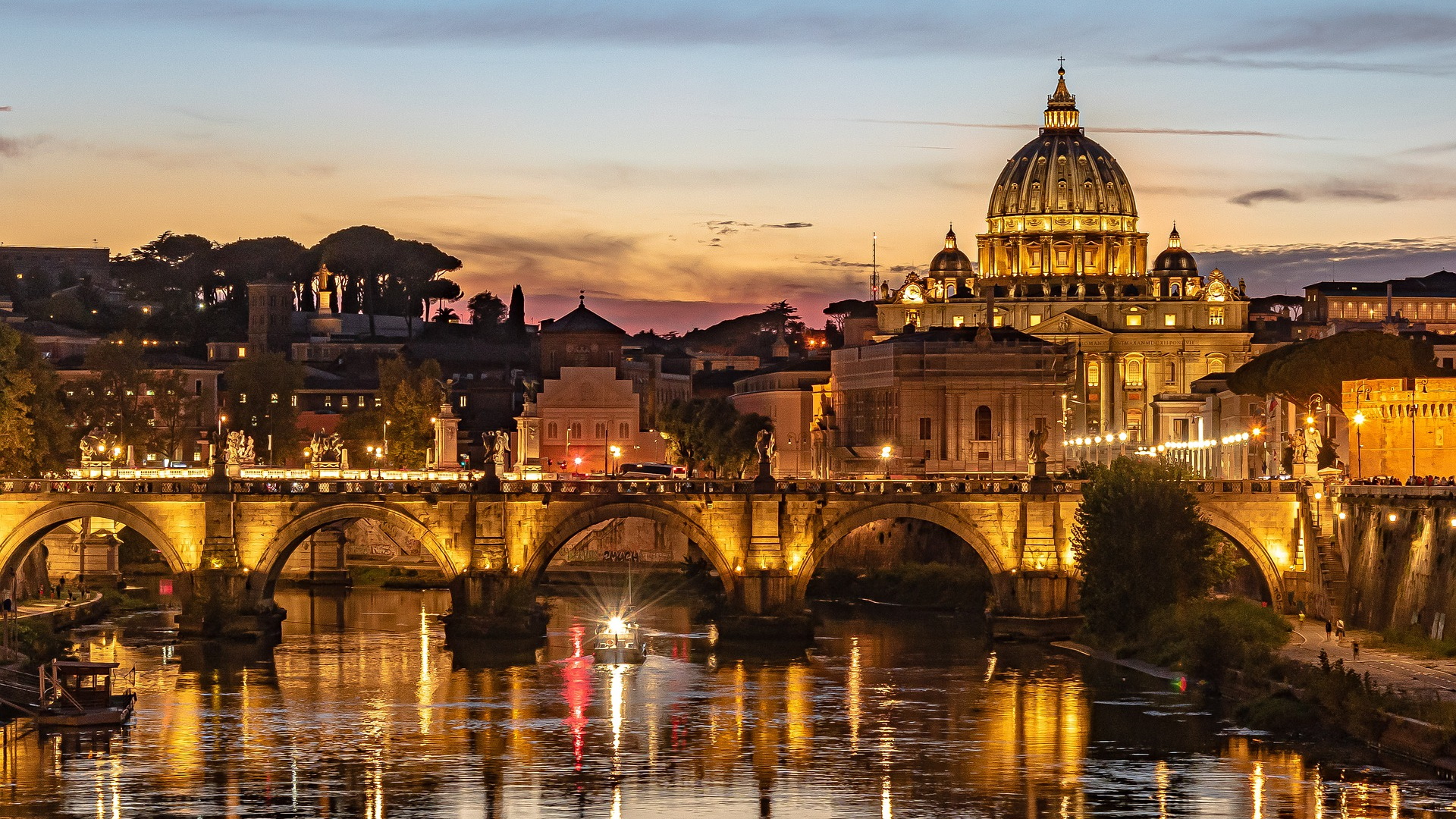
Se dice que una ciudad también se puede describir a través de un único panorama, un color, un olor, un objeto o incluso una idea: y son precisamente esos matices, imperceptibles y evanescentes, los que a veces se transforman en recuerdos imborrables.
A lo largo de los siglos, la magia de Roma se ha contado en papel a través de las palabras de poetas y escritores, y se ha plasmado maravillosamente en las obras de grandes artistas. Eterna y misteriosa, la Capital envuelve a quienes llegan en un agradable "mal de Roma" que no los abandona, y no es casualidad que millones de turistas se apresuren a arrojar una moneda a la Fontana de Trevi con la esperanza de volver a visitarla: porque en Roma, recordando las palabras de Goethe, todo es como lo imaginabas y todo es nuevo.
Si aún no la conoces, o si quieres volver a sumergirte en su magia, intentemos contarte brevemente su perfil, su alma, sus colores.
Las siete colinas y el nacimiento de Roma (753 a.C.)
Cuenta la leyenda que el nacimiento de Roma se debe a Rómulo y Remo, los hijos gemelos de Rea Silvia y el dios Marte, abandonados y amamantados por una loba y finalmente adoptados por el pastor Faustolo y su esposa Acca Larentia. Una vez crecidos, los gemelos decidieron fundar una ciudad: para establecer quién debía gobernar, se basaron en la voluntad de los dioses, a través del vuelo de pájaros auspiciosos. Desde el monte Aventino, Remo vio seis buitres, mientras que Rómulo, desde el monte Palatino, avistó doce, convirtiéndose en el primer rey de Roma en el 753 a.C.
Desde el Palatino, la ciudad se habría extendido sobre las siete colinas que todos conocemos: Palatino, Aventino, Campidoglio, Quirinale, Viminale, Esquilino y Celio.
El rubio Tíber
Así se llamaba en las composiciones poéticas de la antigua Roma al dios del río, un dios al que se debía respeto y amor. Pero el Tíber fue sobre todo una verdadera "vía sobre el agua", a lo largo de la cual se desarrollaron grandes puertos desde la época romana, finalmente demolidos en la segunda mitad del siglo XIX con la construcción de las murallas para liberar a la ciudad de las continuas inundaciones.
Hoy en día se ha perdido ese contacto directo con el río: sin embargo, permanece el amor y el respeto, la conciencia de su papel fundamental en el nacimiento y desarrollo de la ciudad. Sin olvidar los vista,zos de increíble belleza que nos ofrece desde los numerosos puentes históricos, como el Puente Sixto, el Puente Sant'Angelo o el Puente Fabricio.
El patrimonio cultural e histórico de Roma
Los grandiosos monumentos, cientos de iglesias y espectaculares fuentes de Roma perfilan su maravilloso perfil y la convierten en la ciudad con mayor concentración de bienes históricos, arqueológicos y arquitectónicos del mundo, con más del 16% de los bienes culturales del mundo y el 70% de los italianos.
Su centro histórico, delimitado por el perímetro de las murallas aurelianas, es una superposición de testimonios de casi tres milenios: en 1980, junto a las propiedades extraterritoriales de la Santa Sede en la ciudad y la Basílica de San Paolo Extramuros, fue incluido en la lista de sitios del Patrimonio Mundial de la UNESCO.
Corazón de la cristiandad católica, Roma es la única ciudad del mundo que alberga en su seno un estado extranjero, el enclave de la Ciudad del Vaticano: por esta razón a menudo se la define como la "Capital de dos Estados”.
Los 5 monumentos más visitados de Roma
Son imperdibles y ciertamente no te los puedes perder en tu primera visita a la Ciudad Eterna:
¡Pero no te olvides de todos los demás! Navega por las páginas de Turismoroma y crea tu viaje a medida.
Las zonas naturales de Roma
Roma es una de las ciudades más verdes de Europa, un tesoro de arte salpicado de parques y jardines, rico en una exuberante vegetación y adornado con restos arqueológicos, esculturas, lagos, fuentes y espléndidas villas. Encantadores espacios verdes que hacen de la capital una ciudad para todas las estaciones: desde las magníficas flores en primavera hasta el romántico follaje en otoño, desde los regeneradores paseos en invierno hasta el agradable descanso en verano.
Además de las residencias históricas de las familias nobles más importantes, como Villa Borghese, Villa Doria Pamphilj, Villa Ada Savoia, Villa Torlonia, la capital cuenta con verdaderos pulmones verdes de interés histórico, arqueológico y naturalista, como el vasto Parque Regional de Appia Antigua. y sugerentes puntos panorámicos sobre la ciudad, como el Jardín de los Naranjos, el Pincio y el la Colina del Janículo.
El escudo de armas y los símbolos de Roma
El escudo municipal, adoptado oficialmente en 1884, es un escudo con fondo violeta, atravesado por una cruz griega y las siglas S.P.Q.R. - Senatus PopulusQue Romanus (el Senado y el Pueblo de Roma) en caracteres dorados, dominados por una corona dorada con ocho flores, cinco de las cuales son visibles.
En el imaginario colectivo, sin embargo, Roma es universalmente reconocida y recordada también gracias a los numerosos símbolos que la identifican. Entre estos, los más famosos son:
- la loba capitolina, una estatua de bronce que representa a la legendaria loba que amamantó a los gemelos Rómulo y Remo, conservada en los Museos Capitolinos;
- el águila imperial, efigie militar y símbolo de la ciudad durante la antigüedad, y el león, imagen animal de supremacía, emblema en la época medieval;
- el Coliseo, el anfiteatro más grande del mundo romano, reconocido en 2007 como una de las siete maravillas del mundo moderno, el único presente en Europa;
- la Fuente de Trevi, la fuente más monumental y famosa del mundo;
- la "Cúpula", la cúpula de la Basílica de San Pedro en el Vaticano, emblema del mundo cristiano que domina toda la ciudad.
Roma también es protagonista en dichos
Hay un buen número de refranes y refranes que se refieren o mencionan a Roma. Aquí están los más famosos:
Cuando vayas a Roma, haz lo que verás: la expresión se utiliza habitualmente en situaciones en las que seguir el status quo parece la mejor idea.
Roma no se construyó en un día: este proverbio se usa para decir que algo requiere tiempo y paciencia para completarse, o que en cualquier caso, se pueden lograr grandes resultados con compromiso y meticulosidad.
Todos los caminos conducen a Roma: el proverbio tiene su origen en el eficiente sistema de carreteras de la antigua Roma, en el que se basa gran parte del actual sistema de carreteras italiano. Muchos caminos partían de Roma y, si se tomaban en dirección opuesta, "conducían a Roma".
En Roma Dios no es trino, sino dinero: según un juego de palabras, en Roma, en lugar de adorar a la Santísima Trinidad, adoran al dios del dinero.
Los principales aniversarios de la ciudad
21 de abril, Navidad en Roma: es la fecha en la que, según la tradición, Rómulo fundó la ciudad (753 a. C.). El 21 de abril se celebra con espectáculos de disfraces, eventos culturales y eventos recreativos.
1 de mayo, Día del Trabajo. Para celebrar este día, se organiza un gran concierto gratuito en la plaza de Porta San Giovanni de Letrán, en el que participan importantes artistas italianos e internacionales.
2 de junio, Día de la República. En este día tiene lugar el tradicional desfile militar por Via dei Fori Imperiali que termina en Piazza Venezia, cerca del Altare della Patria.
29 de junio, Fiesta de los Santos Pedro y Pablo. En esta fecha Roma conmemora a los apóstoles Pedro y Pablo, patrones de la ciudad.
16 de julio, Fiesta de Noantri. El evento se celebra en el barrio de Trastevere el primer sábado después del 16 de julio, con motivo del aniversario de la Virgen del Carmelo.
Algunos itinerarios que no debe perderse
Vacaciones romanas: Roma en 5 días
Aproveche los mil aspectos de Roma y explore todos los itinerarios sugeridos según los temas o el tiempo disponible.
¿Por qué aparece el número 7?
El siete representaba un número históricamente simbólico para Roma: las siete colinas, los siete Reyes de Roma, los septemviros, los siete magistrados o sacerdotes encargados de funciones específicas, los siete tribunales de vigiles, las siete iglesias principales de la ciudad, las siete letras de numeración romana.
En torno a este tema evocador, hemos creado historias, curiosidades e itinerarios sobre aspectos nuevos y originales de la ciudad, sus monumentos y su historia.
Las siete fuentes más curiosas de Roma
Siete claves diferentes para entender Roma: las bibliotecas históricas
Siete iglesias para siete artes y oficios
Siete cosas románticas para hacer en Roma
Siete obras de la Natividad: una mirada al sagrado corazón de Roma
Siete platos tradicionales para un auténtico almuerzo romano
Siete caminos para siete profesiones
Siete trucos perfectos: los magníficos engaños
Siete rutas con encanto bestial
Mujer siete veces: la mirada femenina sobre Roma
Bajo el signo de Dante: siete lugares para rendir homenaje al Poeta Supremo
Siete dichos para descubrir Roma y el dialecto romano
Todas las informaciones utiles
Información útil para visitar Roma fácilmente, aprovechando todo lo que la ciudad ofrece: desde tarjetas turístico-culturales hasta servicios de información turística, desde cómo acceder a lugares culturales y al aire libre hasta cómo moverse en transporte público y con seguridad.
Puntos de Información Turística
¡Suscríbete al boletín que cada mes cuenta la historia de la ciudad con sus eventos, actividades y lugares que no debes perderte!
¡Roma te espera!
Parque Arqueológico del Coliseo
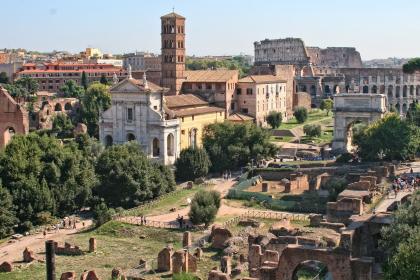
 Condividi
Condividi
El Panteón
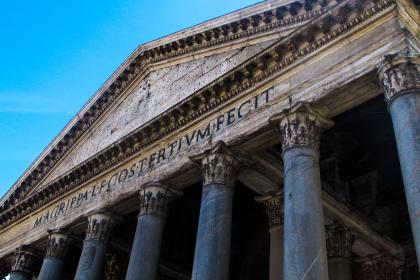
 Condividi
Condividi
Foro Romano y Palatino
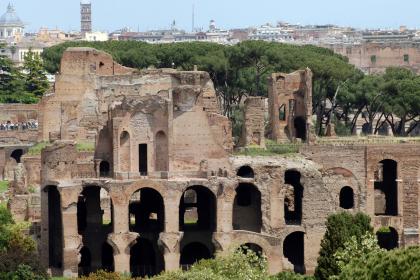
 Condividi
Condividi
La Fuente de Trevi
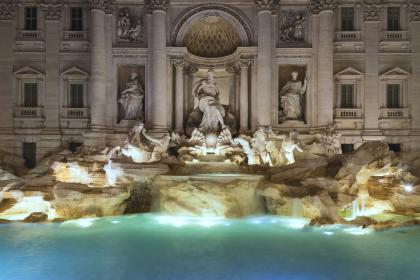
 Condividi
Condividi
La más famosa de las fuentes romanas: una joya de agua y piedra
Piazza Navona
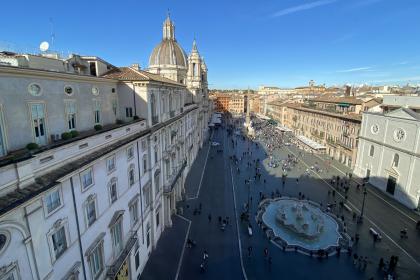
 Condividi
Condividi
Uno de los complejos urbanísticos más espectaculares de la Roma barroca
Villa Borghese
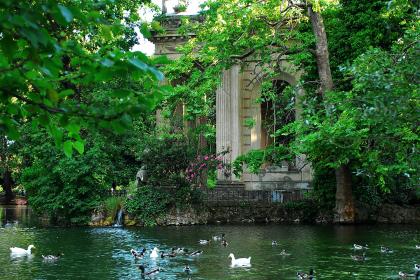
 Condividi
Condividi
Villa Doria Pamphilj
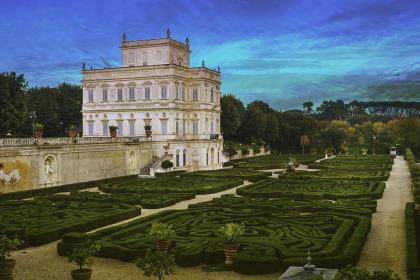
 Condividi
Condividi
Villa Ada Savoia
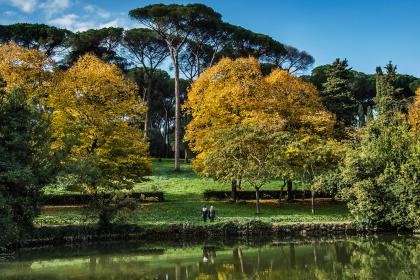
 Condividi
Condividi
Parque Comarcal de la via Appia Antigua
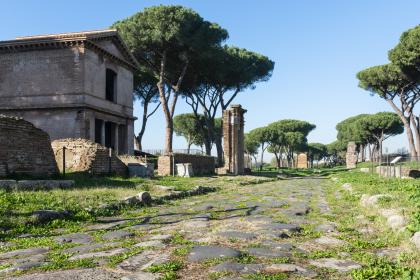
 Condividi
Condividi
El Parque Savello o el Jardín de los Naranjos
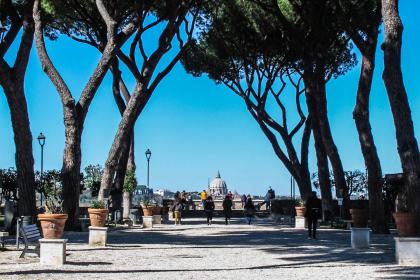
 Condividi
Condividi
Pincio: Paseo y Terraza
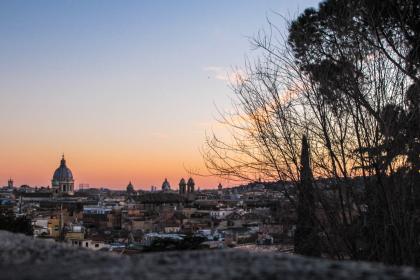
 Condividi
Condividi
La colina del Janículo
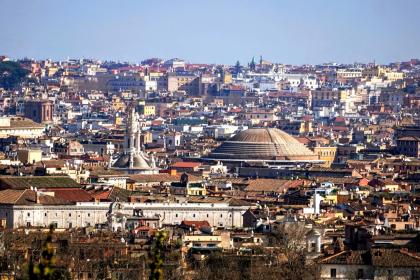
 Condividi
Condividi











































